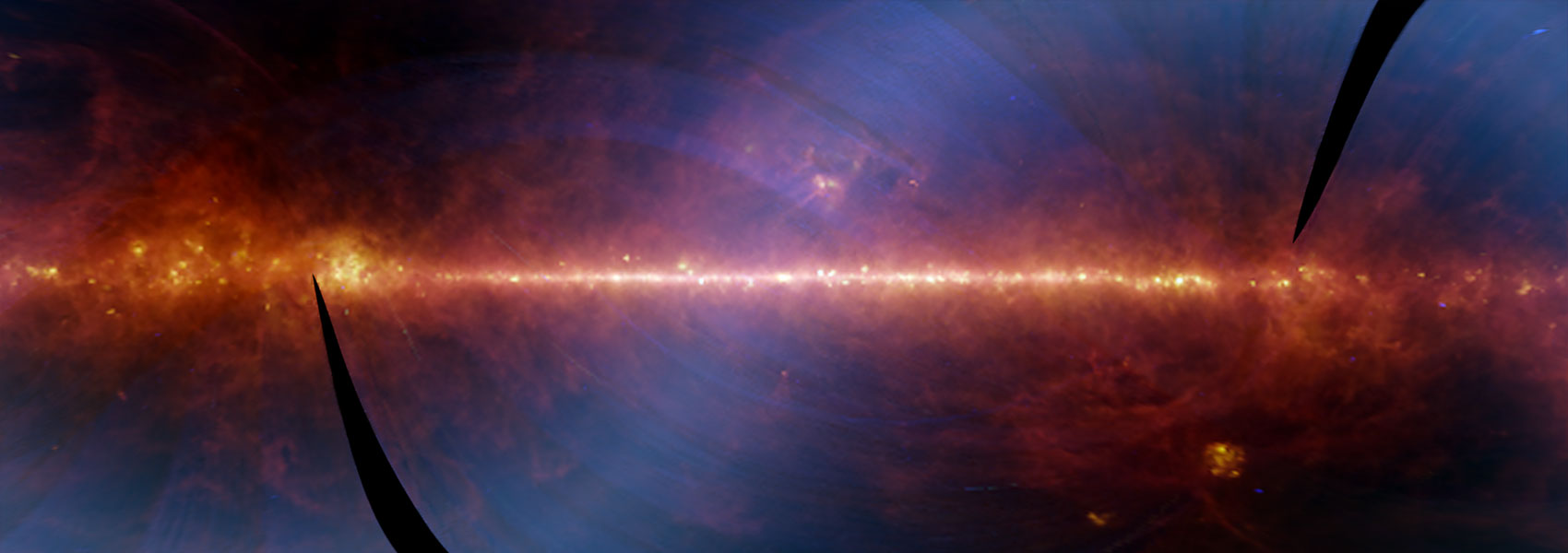November
2006
•
2006MNRAS.373...45E
Authors
•
Erdoǧdu, Pirin
•
Lahav, Ofer
•
Huchra, John P.
•
Colless, Matthew
•
Cutri, Roc M.
•
Falco, Emilio
•
George, Teddy
•
Jarrett, Thomas
•
Jones, D. Heath
•
Macri, Lucas M.
•
Mader, Jeff
•
Martimbeau, Nathalie
•
Pahre, Michael A.
•
Parker, Quentin A.
•
Rassat, Anaïs
•
Saunders, Will
Abstract
•
We present the reconstructed real-space density and the predicted velocity fields from the Two-Micron All-Sky Redshift Survey (2MRS). The 2MRS is the densest all-sky redshift survey to date and includes about 23200 galaxies with extinction-corrected magnitudes brighter than Ks = 11.25. Our method is based on the expansion of these fields in Fourier-Bessel functions. Within this framework, the linear redshift distortions only affect the density field in the radial direction and can easily be deconvolved using a distortion matrix. Moreover, in this coordinate system, the velocity field is related to the density field by a simple linear transformation. The shot noise errors in the reconstructions are suppressed by means of a Wiener filter which yields a minimum variance estimate of the density and velocity fields. Using the reconstructed real-space density fields, we identify all major superclusters and voids. At 50 h-1 Mpc, our reconstructed velocity field indicates a backside infall to the Great Attractor region of vinfall = (491 +/- 200) (β/0.5)kms-1 in the Local Group frame and vinfall = (64 +/- 205) (β/0.5)kms-1 in the cosmic microwave background (CMB) frame and β is the redshift distortion parameter. The direction of the reconstructed dipole agrees well with the dipole derived by Erdoǧdu et al. The misalignment between the reconstructed 2MRS and the CMB dipoles drops to 13° at around 5000 kms-1 but then increases at larger distances.
Links



